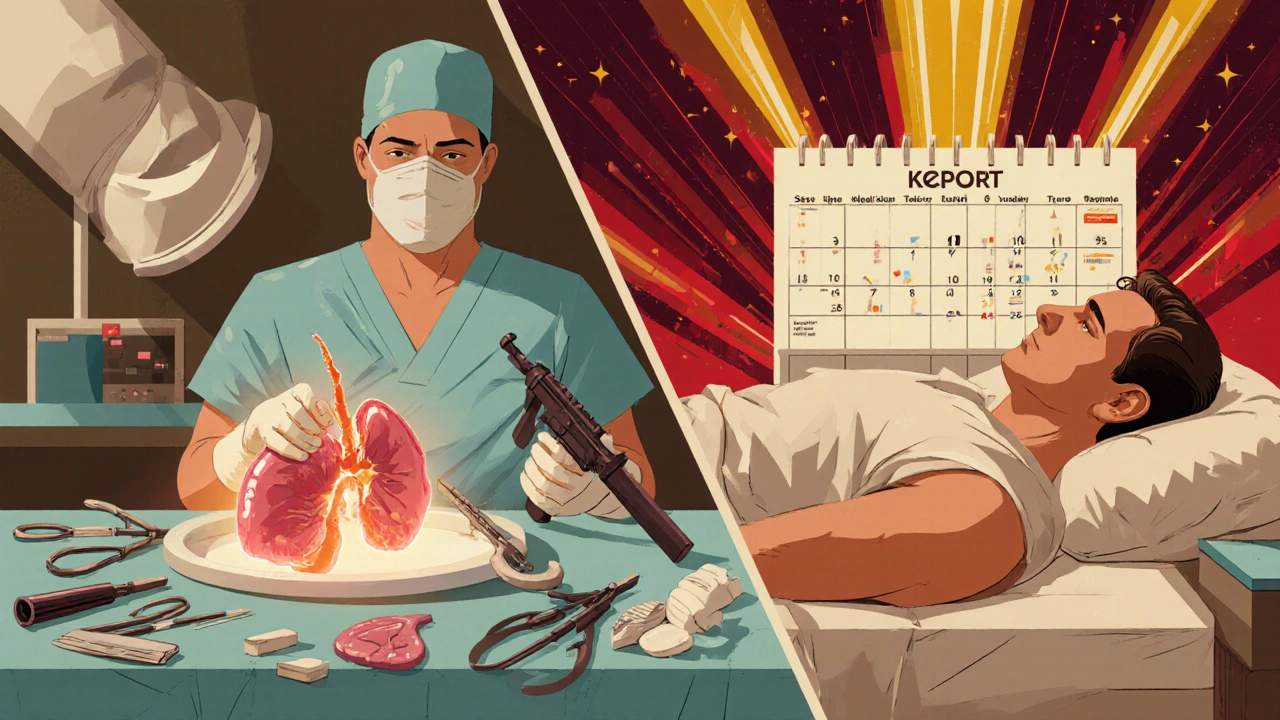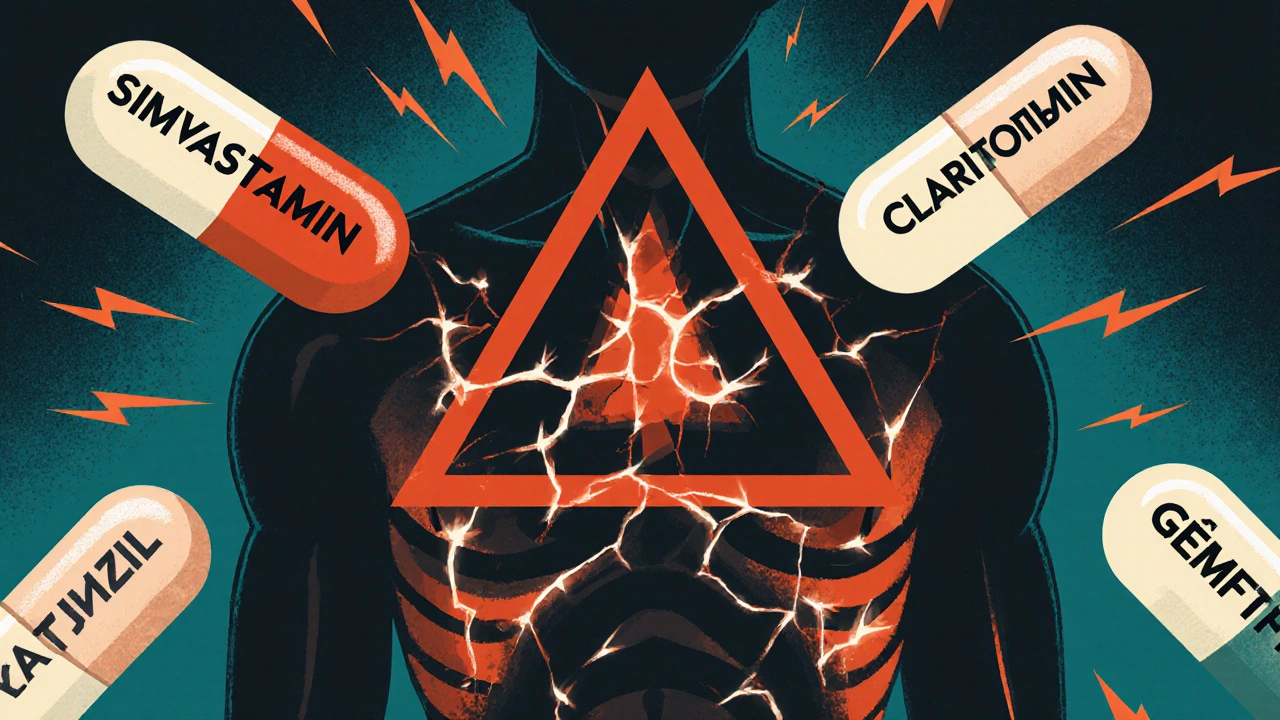SamRx Pharmaceuticals: Your Trusted Medication and Supplements Guide on samrx.com - Page 5
Blood Thinners and NSAIDs: Why This Drug Combination Can Be Life-Threatening
Combining blood thinners with NSAIDs like ibuprofen or naproxen can double or triple your risk of life-threatening bleeding. Learn why this dangerous mix affects all anticoagulants and what safer pain relief options exist.
Read moreGeneric Drug Availability: How Patents Delay Access After Expiration
Generic drugs don't become available right after patents expire. Legal delays, regulatory hurdles, and strategic patenting push back access by years - costing patients billions. Here's how the system really works.
Read moreSigns You’re Misusing Over-the-Counter Drugs and What to Do
OTC drug misuse is more common and dangerous than you think. Learn the physical, behavioral, and psychological signs of abusing cough syrup and other over-the-counter meds - and what steps to take if you or someone you know is at risk.
Read moreRadiation vs. Surgery: How to Choose the Best Local Cancer Treatment for You
Choosing between radiation and surgery for early-stage cancer isn't about which is stronger - it's about which fits your life. Learn how survival rates, side effects, and recovery differ for prostate and lung cancer.
Read moreHow to Safely Manage Expired Inhalers, Eye Drops, and Topical Medications
Learn how to safely handle expired inhalers, eye drops, and topical medications. Understand the risks of using them, how to dispose of them properly, and where to get help if you can't afford replacements.
Read moreHow to Carry Backup Prescriptions and Digital Copies Securely When Traveling
Learn how to safely store and carry backup prescriptions and digital copies while traveling. Avoid risks of theft, loss, and fraud with secure pharmacy apps and smart backup practices.
Read moreStatin Interactions That Increase Myopathy Risk: What You Need to Know
Statins prevent heart disease, but certain drug interactions can trigger dangerous muscle damage. Learn which medications raise myopathy risk, how to spot early signs, and safer statin alternatives.
Read moreMigraine Medications: Triptan Interactions and Limitations
Triptans are the most common acute migraine treatment, but they have serious interactions, contraindications, and limitations. Learn how they work, who should avoid them, and what to do if they don't work.
Read moreHow Letrozole Helps Women Ovulate: A Clear Guide to Its Role in Fertility Treatment
Letrozole is now the top choice for ovulation induction, especially for women with PCOS. Learn how it works, how it compares to clomiphene, side effects, dosing, and what to do if it doesn’t work.
Read moreAtorvastatin and Kidney Health: What You Need to Know
Atorvastatin is safe for most people with kidney issues and can reduce heart disease risk. Learn how it affects kidney function, who should be cautious, and what tests to expect.
Read more









